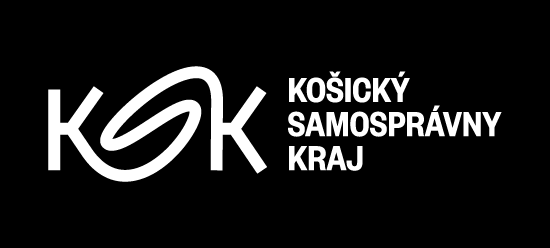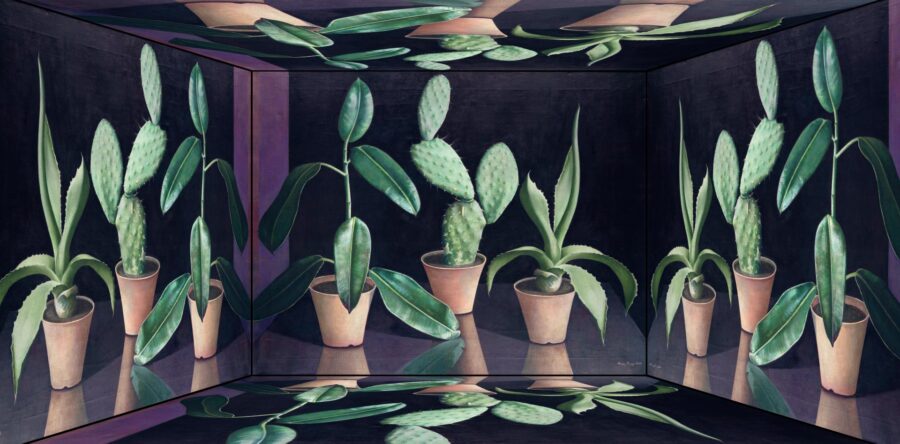Opening: 2nd October 2024, 6 p.m.
Project organisers: Anna Habánová, Ivo Habán, Helena Musilová
Exhibition duration: 3rd October 2024 – 2nd February 2025
Exhibition Space Q, Hlavná 27, Košice
The exhibition project New Realisms, prepared for the East Slovak Gallery in Košice and the Liptov Gallery of Peter Michal Bohúň in Liptovský Mikuláš, is based on a research project of the same name conducted by an international team of researchers and the subsequent exhibition held at the Prague City Gallery. It provides an overview of modern realistic approaches that developed in the Czechoslovak art scene between 1918 and 1945. The selection of individual works transcends traditional ethnic, group, and territorial divisions. The common denominator of the presented paintings, sculptures, and photographs is their focus on the realities of contemporary life and its true problems ("according to the truth") and the effort to capture reality in a penetrating yet not merely descriptive manner. Modern realistic approaches do not depict reality mechanically but instead reflect its forms in a sophisticated way. The focus is not only on the bustle of the big city and women's emancipation but also on work, entertainment, daily hardships, still life, and landscapes. The Košice exhibition is focused on painting and sculpture, while the presentation in Liptovský Mikuláš is dedicated to photography and film. Together, they create a comprehensive picture that complements the existing knowledge of modern art in the Czech Republic and Slovakia.
Within the Czechoslovak artistic environment, expressions of modern realisms appeared rather sporadically and were not dominant. They mostly corresponded with contemporary trends in the German, Italian, Dutch, and American scenes. "New Realism" represents an overarching framework for the modern realist tendencies emerging in the 1920s, with several artistic movements aligning with it, while at the core of the issue lies New Objectivity. This was defined in the mid-1920s by the German curator Gustav Friedrich Hartlaub and theorist Franz Roh. From the beginning, it encompassed an ideologically incompatible polarity between an imagined right and left wing, characterized by an effort to objectively capture reality. "New Realism" aimed to become a modern interpretative approach, in the spirit of the ideas of the "new man," that would bring art closer to people. It demonstrated numerous connections with media, which in reality truly overcame the elitist character of art and, through photography and film, became tools of mass communication.
Art has always responded sensitively to current stimuli. The process of developing modern realisms in visual art has not stopped; it is constantly evolving. The modern realist approaches of the 1920s to the 1940s examined here balanced on the edge of absolute objectivity and a sophisticated play with reality—moments that also accompany contemporary society in the third decade of the 21st century. Moments of uncertainty and exploration of the essence of reality are also a part of our everyday reality.
List of Exhibiting Authors:
Maxmilian Boháč, Sándor / Alexander Bortnyik, Ferdiš Duša, Emanuel Famíra, Richard Felgenhauer, František Foltýn, Hans Frohne, Mikuláš Galanda, Paul Gebauer, Heribert Fischer-Geising, Otto Gutfreund , Edmund Gwerk, Karel Holan, Miloslav Holý, Oldřich Homoláč, Jaroslav Horejc, Rudolf Hornák, František Hudeček, Oldřich Kerhart, Jan Kojan, Pravoslav Kotík, Karel Kotrba, Jaroslav Král, Alfred Kunft, Jan Lauda, Ladislav Majerský, Milada Marešová, Otakar Mrkvička, Erwin Müller, August Walter Müller, František Muzika, Martin Nagy, Viliam Ruttkay-Nedecký, Ernest Neuschul, Grete Passer, Bedřich Piskač, Sergius Pauser, Antonín Procházka, Václav Rabas, František/Ferenc Reichentál, Gejza Schiller, Marie Schnablová, Herbert Seemann, Ilona Singer, Jan Smetana, Bedřich Stefan, Erika Streit, Géza Szóbel, Ester Šimerová-Martinčeková, Otakar Švec, Rudolf Vejrych, Karl Vogel, Imrich/Imre Weiner – Kráľ, Ladislav Zívr, Jan Zrzavý
The exhibition was supported by the Fund for the Support of Art from public sources.




